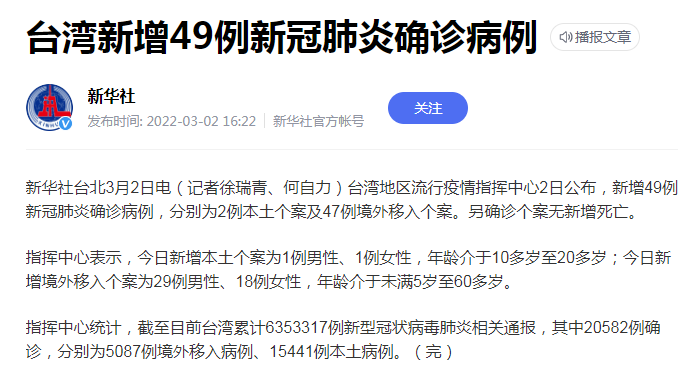 (资料图片)
(资料图片)
目录
1.将读取的时间序列数据转化为timestamp格式2.时间数据的相减在此记录自己学习python数据分析过程中学到的一些数据处理的小技巧。本节主要分享时间数据的相减。
1.将读取的时间序列数据转化为timestamp格式
#导入numpy库和pandas库
import numpy as np
import pandas as pd
#读取待处理的数据
#file_path为文件路径名,sheet_name为需要读取的excel数据页
data=pd.read_excel(file_path,sheet_name)
#将"/"替换为"-"
data["时间"]=data["时间"].str.replace("/","-").str[0:19]
#将时间格式化为timestamp格式
data["时间"]=pd.to_datetime(data["时间"],format="%Y-%m-%d %H:%M:%S")
data.head()结果显示:
由上图可看出,时间数据已经成功转化为timestamp格式。
2.时间数据的相减
import time
import datetime
# a=data["时间"][0]
# b=data["时间"][1000]
# print (b.timestamp()-a.timestamp())
c=[]
for i in range(len(data["时间"])-1):
a=data["时间"][i]
b=data["时间"][i+1]
c.append(b.timestamp()-a.timestamp())结果显示:
基于以上代码可以实现每一个时间减去上一个时间的值,并保存在列表c中。
注意:
1.时间序列数据不能直接相减
2.此方法求出的时间差的单位是秒
到此这篇关于python时间序列数据相减的实现的文章就介绍到这了,更多相关python时间序列相减内容请搜索脚本之家以前的文章或继续浏览下面的相关文章希望大家以后多多支持脚本之家!




